Tolkien Reading Day is celebrated every March 25th, the day when Frodo and Sam destroyed the One Ring (with some help from Gollum). The Tolkien Society hosts events all month long to celebrate Tolkien, his stories, and the huge fandom that’s grown around them. This year the theme is “hope and courage in Tolkien’s works.” This theme is hugely appropriate for the state of the world right now, but today we are going to look at a different side of Tolkien’s work. Namely, the stuff that you’d have to have courage to face if you took a trip to Middle Earth.
Fantasy has always included horrific elements, and the horror and fantasy genres have influenced each other. Tolkien’s work includes many creatures that send a chill down the spine. Here are his most horrifying (and influential) monsters:
6. The Orcs
Orcs did not spring completely from Tolkien’s imagination. They were likely influenced by old stories of goblins and other nasty creatures that have haunted European imaginations for millennia. Tolkien was the first to create a world with a huge population of such creatures and give them a disturbing backstory.
The orcs in Tolkien’s world have a language (invented by Sauron), power struggles, and society (such as it is). They are corrupted versions of Elves, the most beautiful creatures of Middle Earth, taken by the original Dark Lord Morgoth and “twisted” physically and spiritually into blood-thirsty, animalistic monsters. Their sheer numbers are terrifying, as they threaten to overrun the free peoples of Middle Earth. The forces of evil can call up 10,000 Uruk Hai (a superior type of orc) to face a force of 3,000 beleaguered humans at Helm’s Deep. The orcs in Tolkein’s stories seem to represent the overwhelming hordes of evil that only great courage can stand against.
Orcs are not the most fearsome creature Tolkien ever created, but they are one of the most influential. Anyone who’s ever played a fantasy role-playing game has seen orcs or their thinly-veiled equivalents. Slightly twisted humanoid creatures in modern horror may also owe some debt to the orc.
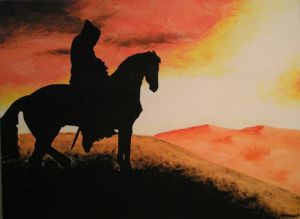
Attribution: User The Artifex from flickr, CC BY 2.0 <https://creativecommons.org/licenses/by/2.0>, via Wikimedia Commons
5. The Nazgul
The Nazgul, also known as “Ring Wraiths,” are the corrupted spirits of human kings who became forever bound to the One Ring, enslaved to it and Sauron. They appear as creatures draped in black cloth with their faces (or lack thereof) hidden by a deep hood. The Nazgul seem to exist only partially in the physical realm and partially in a sort of astral plane. They are not physically strong, but they use a type of psychological weapon called the Black Breath, an aura of terror that surrounds them. Their screams are also described as having the power to create terror in the bravest men. Throughout the Lord of the Rings, the Nazgul act as the dark pursuers who show up at the most inopportune times, forcing our heroes to either fight or flee.

4. Ungoliant and Shelob
Huge, evil arachnids are surprisingly difficult to find in European folklore, so Tolkien may deserve full credit for this invention that is now a fantasy and horror staple. What’s worse than a spider the size of a house? How about one that literally sucks light from the world and almost overwhelms Morgoth himself?
Ungoliant was originally a Maiar, the same class of minor god as Sauron. She became corrupted and took the form of a giant demonic spider. In the Silmarillion, the Valar (gods of Middle Earth) didn’t create the sun and the moon right away. Their first try at bringing light to Arda was the creation of two glorious trees, one that gave a bright, golden light and another that gave a dimmer, silvery light. Morgoth used Ungoliant to suck the light from these trees, but after getting a taste of this, she became voracious and nearly killed Morgoth in her greed to devour the Silmarils (which he had just stolen).
Ungoliant later established herself in an area known as Nan Dungortheb, where she bred with other huge spiders and cloaked the whole area in her webs of “unlight.” The spider Shelob who attacked Sam and Frodo in the Lord of the Rings, was a distant, less powerful descendant of Ungoliant.

3. The Balrogs
You are probably familiar with the demonic Balrog that the fellowship encountered in the Mines of Moria. Now imagine seven of them riding on the backs of dragons into battle. That’s what Tolkien serves up in the Silmarillion. The Balrog leader, Gothmog, served under Morgoth during the first age. He fought with a whip and a battle ax and killed Feanor, an elf known as the “mightiest of the creatures of Iluvatar.” The Balrogs are described as demons of shadow and flame. Some scholars think they were inspired by the Norse fire giant Surtr, who is also associated with both darkness and fire.
Balrogs are intelligent, physically powerful, and nearly impossible to kill without dying yourself. They were instrumental in nearly all of the dark side’s greatest victories throughout the history of Middle Earth, including the fall of Gondolin and the capture of the hero Hurin. Monsters inspired by the Balrog can be found in countless video games, tabletop games, and even an anime series.

2. The Dragon Glaurung
Dragons aren’t new to fantasy or horror. They’ve existed in myths across the world for nearly as long as there have been people. Tolkien’s use of the dragon takes a unique turn in his tragic story “The Children of Hurin.” He serves up a type of psychological horror that will make you reevaluate everything you’ve ever read about “clever” or “crafty” dragons.
Glaurung is a huge wingless dragon with golden scales. He was unleashed with fire and fury during several battles in the Silmarillion. His fiery breath and massive size are only half as frightening as his penchant for sadistic manipulation. Turin has already been cursed by Morgoth to be a human version of 2020 who brings disaster everywhere he goes. Turin makes some bad decisions all by himself but he’s about to do a good thing when Glaurung intercedes. The dragon keeps him from rescuing an Elvish princess by paralyzing him with his gaze until the captive woman is led away. He then proceeds to manipulate Turin onto a path that will lead to his doom. To complete his evil plan, Glaurung also visits Turin’s sister, Nienor, and wipes her memory. He then twists both of their minds to such an extent that they end up getting married, not realizing they are brother and sister.
The crafty beast cannot be defeated even in death. When Turin inflicts a mortal wound on Glaurung, he releases both Turin and Nineal from his spell, driving them to commit suicide. It’s fair to say that Glaurung is one of the last creatures you’d want to run into on Middle Earth.
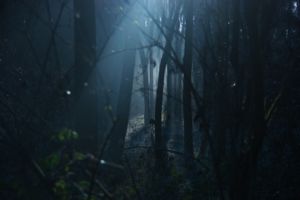
1. The “Nameless Things”
There’s nothing scarier than a danger you can’t see, can’t name, but can feel. There are several references in Tolkien’s works to “nameless evils”; creatures that existed before even Morgoth and Gandalf, and that still haunt the darkest places of the world. Gandalf talks about them in LOTR:
“Far, far below the deepest delving of the Dwarves, the world is gnawed by nameless things. Even Sauron knows them not. They are older than he. Now I have walked there, but I will bring no report to darken the light of day.“
Some have suggested that Tolkien was influenced by Lovecraft or at least by the people Lovecraft was influenced by. There’s no evidence that Tolkien was familiar with these works, but it’s not hard to see why readers would draw parallels between the cosmic horror of Lovecraft and Tolkien’s “nameless things.” Cosmic horror pits helpless human beings against unknowable and uncontrollable forces that exist “out there.”
At first glance, this seems contradictory to Tolkien’s fictional world, and real-life worldview. In the Lord of the Rings, we see that the world is in danger of being destroyed by people, not the other way around. With his mentions of “nameless things,” Tolkien seems to be suggesting that even in Arda, a world created by a benevolent god, there are dark things around the edges. This is a fascinating twist that seems somehow more frightening in a world like Tolkien’s than in Lovecraft’s dystopian horrors.


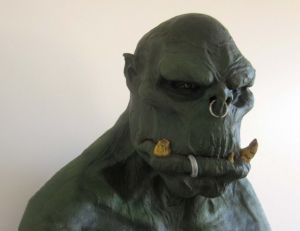
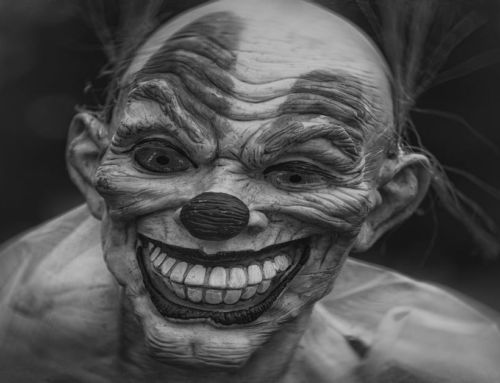

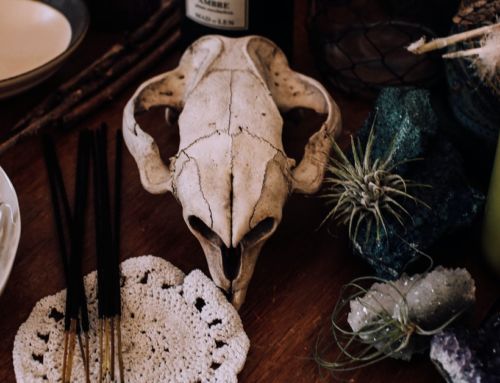
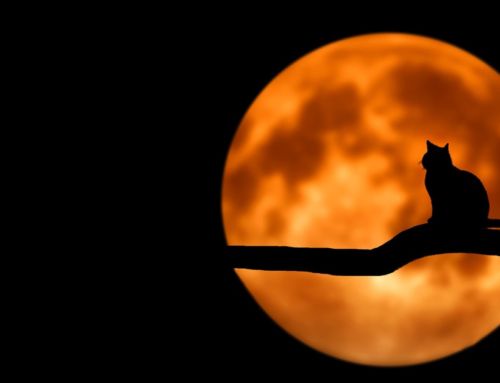
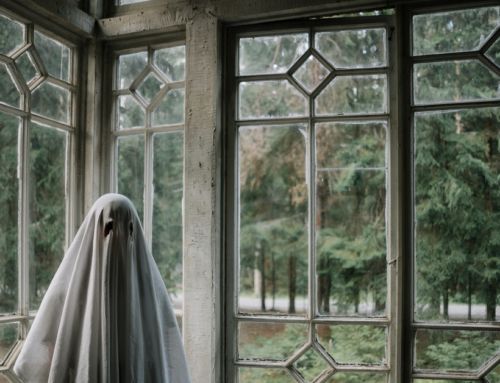
Leave A Comment
You must be logged in to post a comment.